
Should I clean my dog’s ears if he has ear mites
If you’re a new dog parent in the US—maybe you just brought home a fluffy Shih Tzu puppy from a shelter in California or a playful Dachshund from a breeder in Michigan
You’ve just given your adorable Corgi a thorough bath. You used that lovely-smelling, vet-approved shampoo, rinsed meticulously, and maybe even added a conditioner. Towel dried, maybe even broke out the blow dryer.You’re expecting that wonderful, clean-puppy smell to linger… only to be hit with a distinct, often unpleasant odor a few hours later, or sometimes even sooner. What gives? Why does your freshly bathed Corgi smell, well, not fresh? It’s a common head-scratcher for Corgi parents, and the reasons are often hiding in those charming folds and unique features.
Let’s be honest, it’s frustrating. You put in the effort for cleanliness, and it feels like it backfires. But don’t blame the bath just yet! That “post-bath stink” is usually a sign that moisture or underlying issues weren’t fully addressed during the bathing and drying process, or that the bath itself stirred up something that was lurking. Understanding the “why” is the first step to solving the “eww.”
The most common culprit for that lingering damp, musty, or cheesy smell is trapped moisture. Corgis, bless their sturdy little frames, are blessed with adorable skin folds, especially around their necks and sometimes near their tails. Water and shampoo residue can easily get trapped deep within these warm, dark crevices. Think of a damp towel left bunched up in the laundry basket – it doesn’t take long for microbes to start thriving and producing odors. Bathing introduces water into these folds, and if they aren’t meticulously dried – and I mean completely dried, deep down – that trapped moisture becomes a cozy breeding ground for bacteria and yeast. These microorganisms naturally live on the skin, but given a damp paradise, they multiply rapidly, and their metabolic byproducts are what create that characteristic, unpleasant smell. It’s not necessarily that the bath made them dirty; it’s that it created the perfect environment for the microbes already present to throw a smelly party.
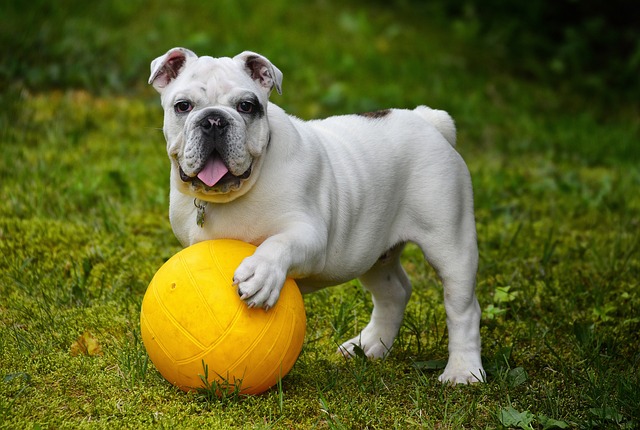 Then there’s the infamous Corgi backend. Their unique structure makes expressing anal glands naturally less efficient than in some other breeds. Full anal glands can leak a potent, fishy, or metallic-smelling secretion, especially when the dog is stressed or during bowel movements. A bath can sometimes stimulate this area, either through the water pressure, the warmth, or simply the handling involved in washing their backend and tail area. If those glands were already full or prone to issues, the bath might trigger a small release of that pungent fluid onto the fur and skin nearby. Suddenly, your clean pup smells distinctly… fishy. It’s a strong, pervasive odor that definitely doesn’t scream “freshly bathed.” While expressing glands is sometimes necessary, it’s crucial to remember this is a job best left to professionals – your vet or a certified groomer. Doing it incorrectly can cause injury or infection. Regular vet checks can help monitor gland health, especially if this seems to be a recurring source of odor.
Then there’s the infamous Corgi backend. Their unique structure makes expressing anal glands naturally less efficient than in some other breeds. Full anal glands can leak a potent, fishy, or metallic-smelling secretion, especially when the dog is stressed or during bowel movements. A bath can sometimes stimulate this area, either through the water pressure, the warmth, or simply the handling involved in washing their backend and tail area. If those glands were already full or prone to issues, the bath might trigger a small release of that pungent fluid onto the fur and skin nearby. Suddenly, your clean pup smells distinctly… fishy. It’s a strong, pervasive odor that definitely doesn’t scream “freshly bathed.” While expressing glands is sometimes necessary, it’s crucial to remember this is a job best left to professionals – your vet or a certified groomer. Doing it incorrectly can cause injury or infection. Regular vet checks can help monitor gland health, especially if this seems to be a recurring source of odor.
Don’t forget those magnificent Corgi ears! Those large, expressive ears are prone to trapping moisture and debris. During a bath, it’s incredibly easy for water or shampoo to accidentally slosh into the ear canal. Even a tiny amount left behind creates a warm, moist environment perfect for yeast or bacterial overgrowth, leading to ear infections. The smell associated with an ear infection is often yeasty or distinctly foul. So, that “off” smell you detect after a bath might actually be originating from irritated ears, not the body itself. Using cotton balls gently placed in the ear opening before the bath and careful avoidance of direct water spray near the ears are essential. A good post-bath ear check and gentle drying with a soft cloth around the outer ear are vital preventative steps. If you notice head shaking, redness, or excessive wax, a vet visit is needed.
Sometimes, the issue isn't what the bath stirred up, but what it didn't remove effectively. If your Corgi rolled in something foul before the bath – decaying organic matter, another animal's feces, stagnant water – the odor molecules can be incredibly tenacious. A standard shampoo might not be enough to break down these strong, oily residues completely. You might think you've washed it all away, but traces remain embedded in the coat or on the skin, becoming more noticeable as the dog dries and moves about. Using a deodorizing or deep-cleaning shampoo specifically formulated for removing strong odors, or even an enzymatic cleaner designed for pets, might be necessary in these cases. Always check the label for safety and suitability for dogs.
Less commonly, but importantly, that lingering bad smell could indicate an underlying skin condition. Issues like bacterial skin infections or yeast dermatitis cause unpleasant odors regardless of bathing. In fact, bathing might temporarily mask the smell with shampoo fragrance, only for the underlying infection's odor to re-emerge stronger as the perfume fades. If your Corgi consistently smells bad, has itchy, red, or flaky skin, or seems uncomfortable, even between baths, this warrants a trip to the veterinarian. They can diagnose the issue and prescribe appropriate medicated shampoos, topical treatments, or oral medications. Using the wrong shampoo for a skin condition can sometimes make things worse, so professional advice is key.
So, how do you win the battle against the post-bath stink? It often boils down to meticulous drying and targeted care. After the bath, towel drying vigorously is step one. But don't stop there! A blow dryer on a cool or low, warm setting is essential, especially for getting deep into those skin folds and the dense undercoat. Lift the folds, gently separate the fur, and ensure you’re drying the skin itself, not just the top layer of fur. This can take time, but it’s crucial. Pay special attention to drying around the base of the tail, between the back legs, and under the neck/chest folds. Using absorbent microfiber towels can help pull more moisture out initially.
Prevent water from entering the ears during the bath using those cotton balls . After bathing, gently wipe the outer ear flap and the visible part of the ear canal entrance with a soft, dry cloth or cotton pad. Never probe down the canal. Regular ear cleaning with a vet-recommended solution, done correctly and not too frequently, helps maintain ear health and prevent infection-related odors. Knowing the signs of ear trouble means you can get help promptly.
For Corgis prone to anal gland issues, discussing a schedule for professional expression with your vet or groomer might be part of their routine care. Maintaining a healthy weight can also help, as obesity can contribute to gland problems. And of course, a balanced diet contributes to overall skin and coat health, potentially reducing odor issues.
If you suspect a skin infection or persistent odor despite perfect bathing and drying techniques, don't hesitate to consult your vet. They are your partner in keeping your Corgi healthy and smelling as sweet as their personality. Remember, a clean-smelling Corgi is often a happy and healthy one, and achieving that sometimes takes a bit more effort beyond just the suds and rinse. It’s about understanding their unique anatomy and giving those adorable wrinkles and fluffy bums the extra attention they need to stay truly fresh.

If you’re a new dog parent in the US—maybe you just brought home a fluffy Shih Tzu puppy from a shelter in California or a playful Dachshund from a breeder in Michigan

If you’re a new dog parent in the US—maybe you just brought home a wiggly Beagle puppy from a shelter in California or a cuddly Pug from a breeder in Pennsylvania
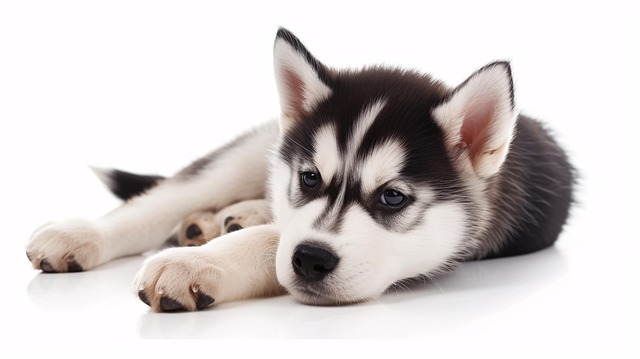
If you’re a new dog parent in the US—maybe you just brought home a fluffy Golden Retriever puppy from a shelter in Colorado or a snuggly French Bulldog from
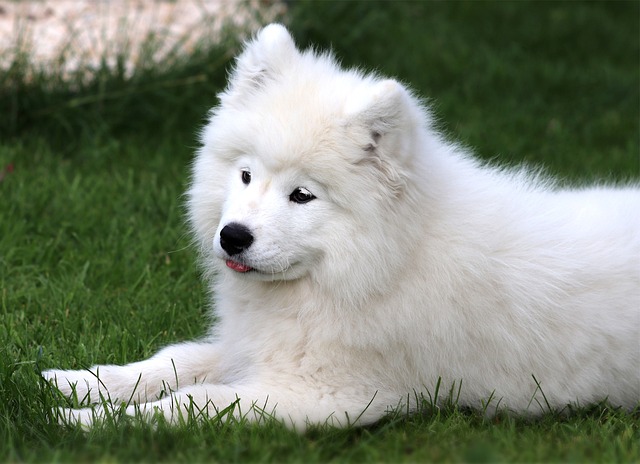
Many dog owners notice their pups begging for extra treats or lingering by the food bowl long after meals, which can lead to unhealthy weight gain over time.
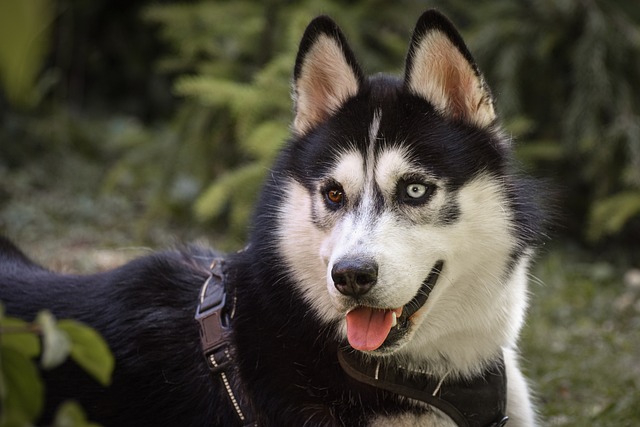
If you're considering giving your double-coated dog a summer buzz cut for their comfort, you might be surprised to learn that this is one of the most counterproductive
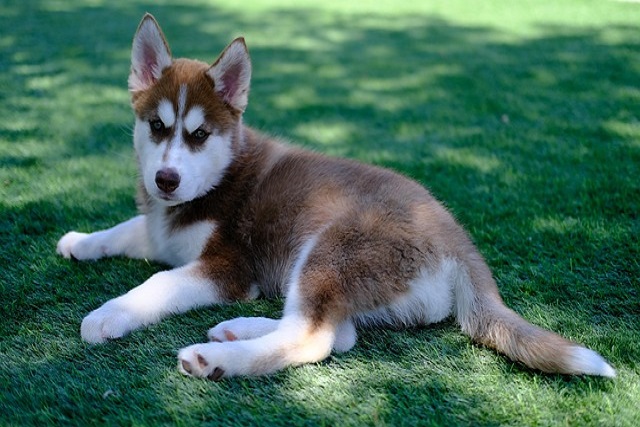
If you’re a new dog parent in the US—maybe you just brought home a fluffy Golden Retriever puppy with a wagging tail or a calm Shih Tzu with cascading fur